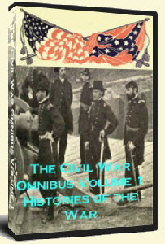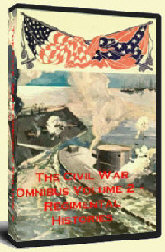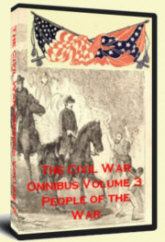How does one free slaves in another country? How does one free slaves over which one has no control?
President Abraham Lincoln attempted to do just that, when he issued the two-part Emancipation Proclamation in 1862 and 1863. Criticized by Northerners, sneered at by Southerners, the Emancipation Proclamation evidenced more than anything Lincoln’s foresight and conviction that the Union would be once again be the United States of America – all states of America.
The beginnings of the Emancipation Proclamation were in the Fugitive Slave Law, enacted in 1850. The Fugitive Slave Law demanded that fugitive slaves, as property, be returned to their owners if they escaped, even if in escaping they made it to a free state. The Fugitive Slave Law became controversial as abolitionism gained ground in the North; abolitionists, flouting the law, often refused to comply and return escaped slaves to their southern owners.
While the Fugitive Slave Law caused uproar both North and South, it caused even larger problems once Civil War was declared. When Union troops encountered runaway slaves, there was no consensus as to how to treat them; while a few returned them to their owners, many considered slaves who were living in occupied areas war contraband. Others still freed the slaves, often resulting in their own dismissal.
Treating the slaves as contraband did not sit well with President Lincoln, as treating them as contraband was, in a sense, recognizing the Confederate States of America as a separate nation. Lincoln flatly refused to recognize the Confederacy as anything but a band of infidels, and as such, decided to attack the issue of slavery as an act of war, knowing that by doing so, he would both decide the issue of slavery and attack the South where it was most vulnerable.
Thus a series of events began to both free slaves and place a stranglehold on the South, still reliant on slavery to support their largely agricultural economy, events that resulted in the Emancipation Proclamation:
- March 13, 1862: Lincoln forbids officers of the Union Army officers from returning fugitive slaves to their owners.
- April 10, 1862: Congress decides that the federal government will compensate slave owners who free their slaves; this begins in Washington, D.C. On April 16, when slaveowners are compensated upon the release of their slaves.
- June 19, 1862: Slavery is prohibited by Congress in United States territories. This decision opposes the 1857 ruling in the Dred Scott Case that stated Congress did not have the authority to regulate slavery in the United States.
- January, 1862: Republican leader of the House of Representatives Thaddeus Stevens calls for total war against the perceived Southern rebellion, including the emancipation of slaves, in an attempt to destroy the Confederate economy.
- July, 1862: Lincoln signs Congress’ “Second Confiscation Act” which liberates slaves held by southern “rebels.”
- September 22, 1862: President Lincoln issues the first executive order of the Emancipation Proclamation, declaring freedom for all slaves in any state of the Confederacy that did return to the Union January 1, 1863.
- January 1, 1863: President Lincoln issues the second executive order of the Emancipation Proclamation, which specifies that slaves in Arkansas, Texas, Louisiana, Mississippi, Alabama, Georgia, Florida, South Carolina, North Carolina, and Virginia were free.
Yet the Emancipation Proclamation did not free all slaves; exempted from the Proclamation were the contested states of Kentucky and Missouri, the soon-to-be West Virginia, and two Union slave states, Maryland and Delaware. It would be 1865, the conclusion of the war, before all slaves were emancipated in these states.
In fact, it would be 1865 before the majority of the slaves held in the states addressed by the Emancipation Proclamation were freed. Until the Confederacy was defeated, many of these slaves remained under the control of their masters.
While the Emancipation Proclamation did not immediately free all slaves, it did finally address the major schism between the North and the South – slavery. It was President Abraham Lincoln’s message to the Confederacy that slavery was indeed a matter of war, and that their short-lived rule would not outlast the Union.


